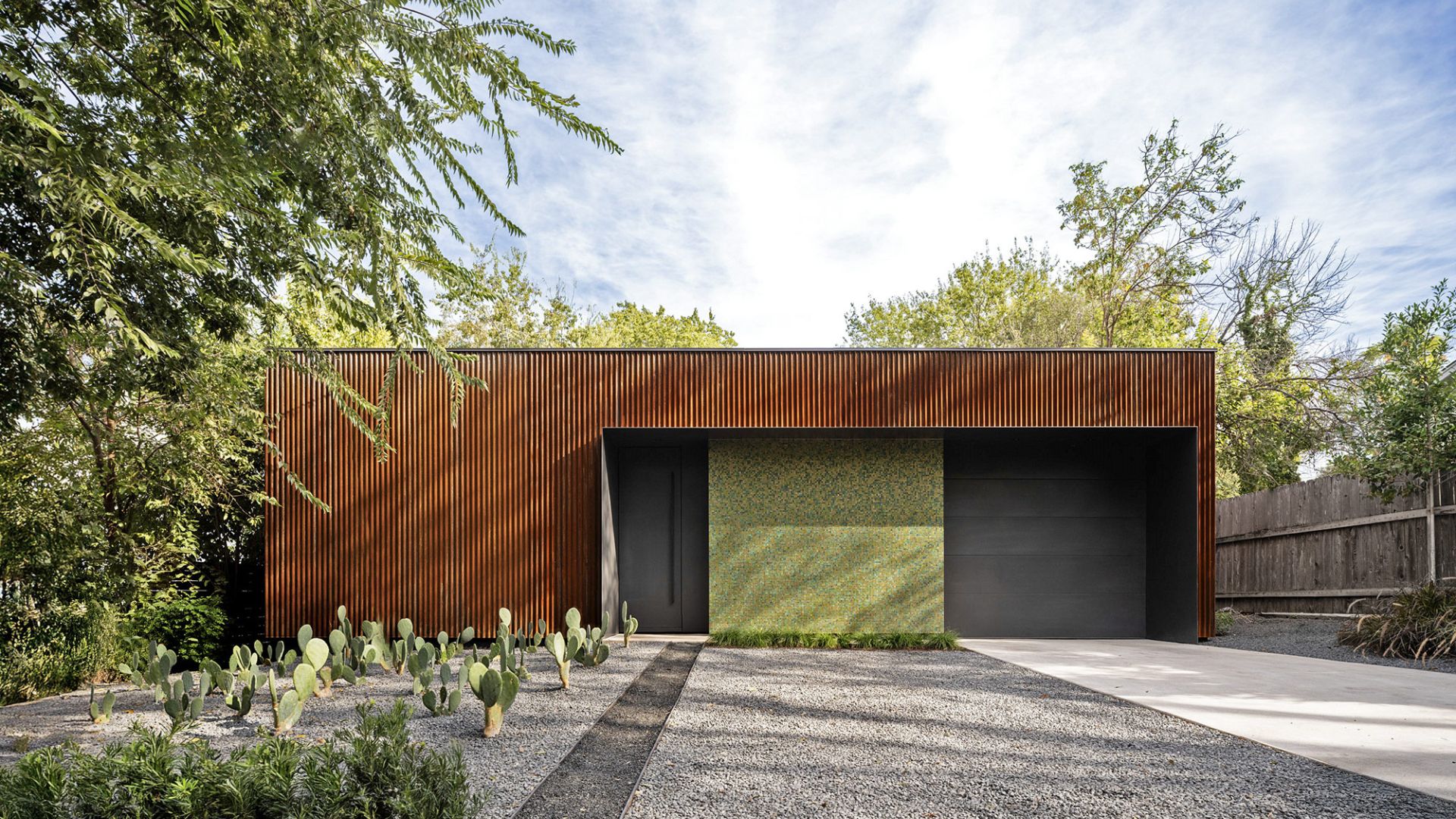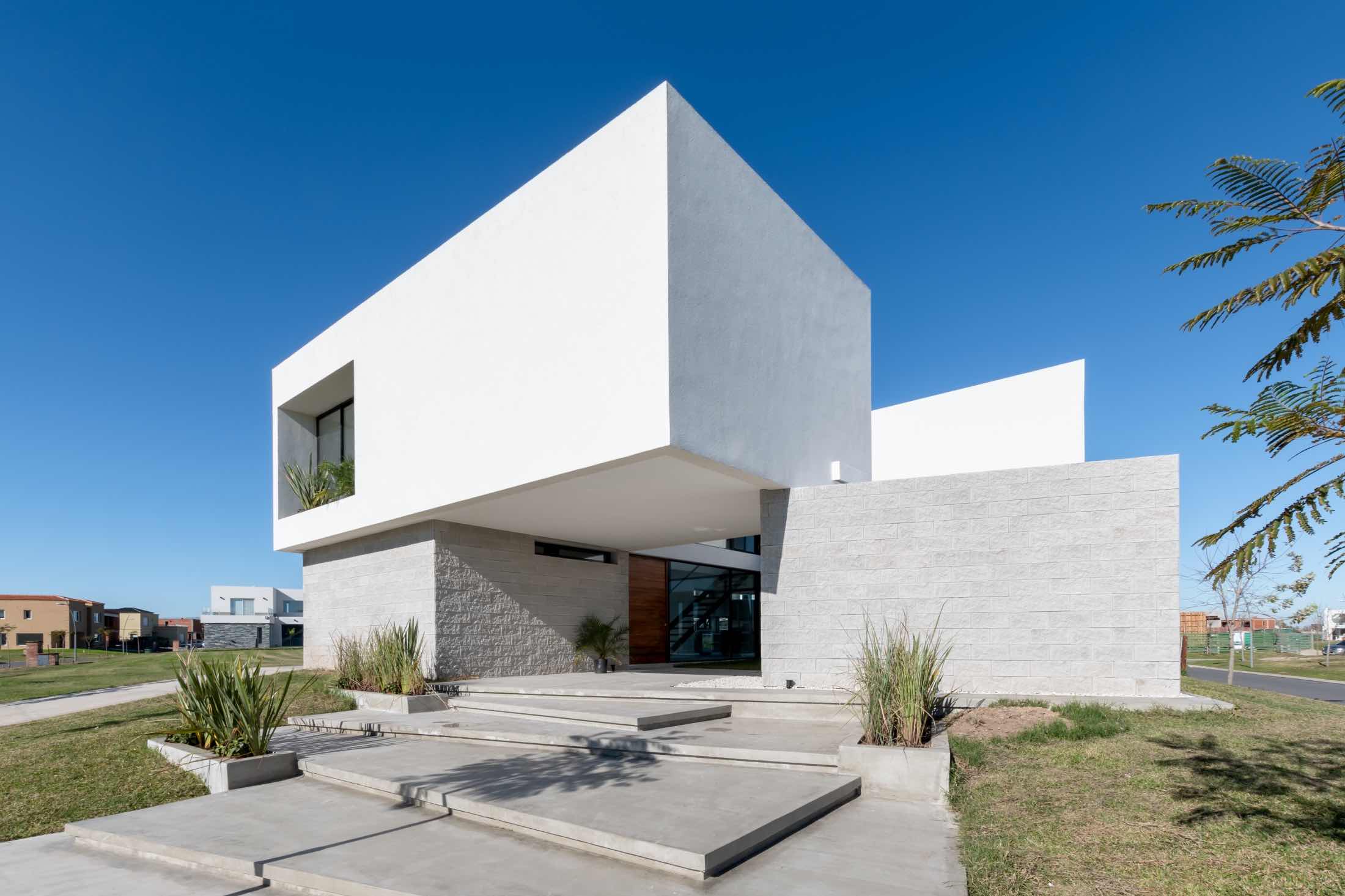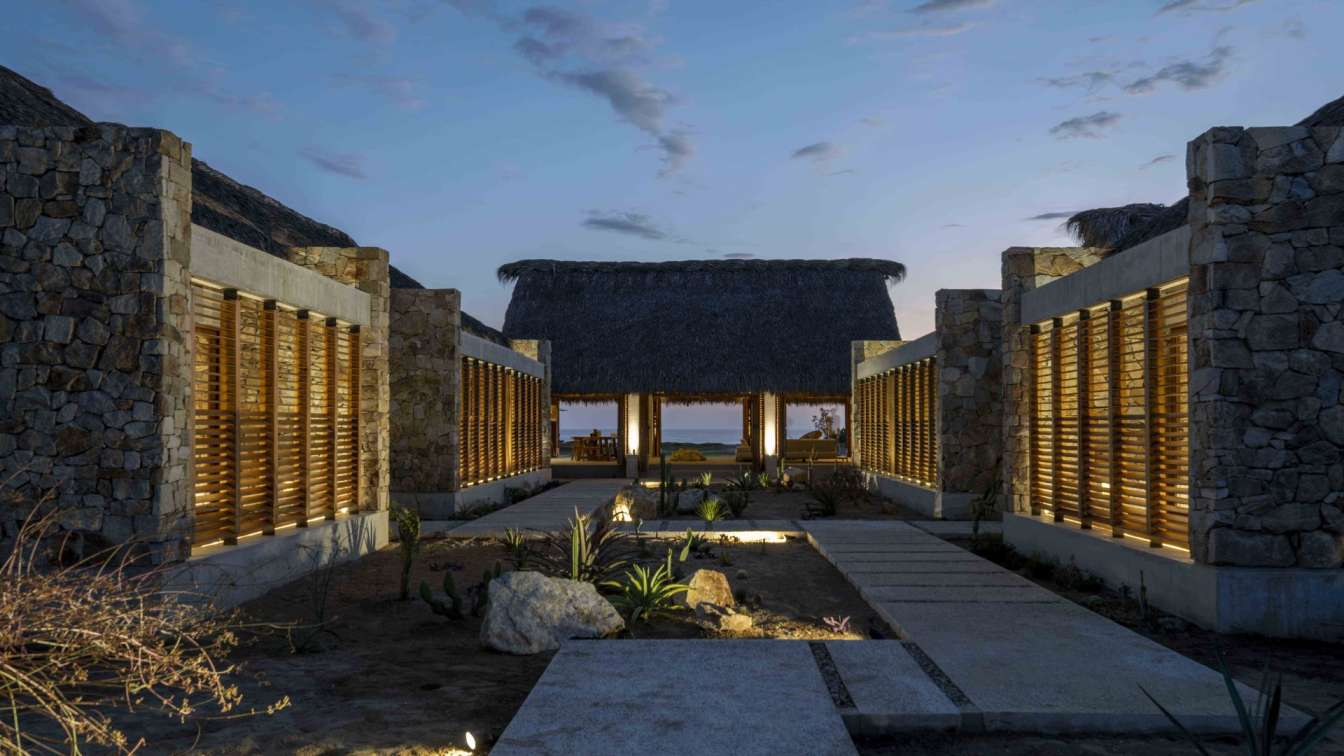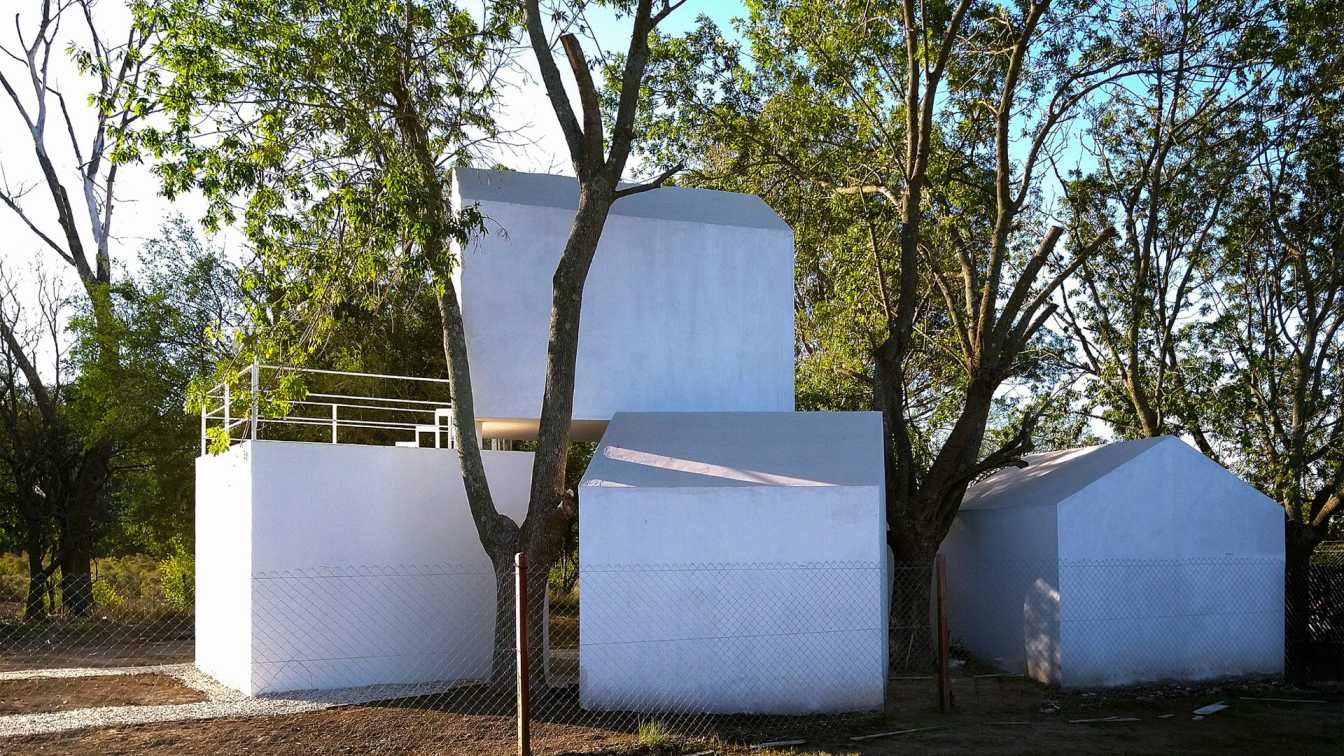Introducing the Stealth House - Specht Novak’s revolutionary perspective on city dwelling and the first of its kind home in Austin. This forward-thinking abode defies standard perceptions surrounding seclusion and exposure. The outer shell boasts an eye-catching profile, completely devoid of windows and enveloped in corrugated Cor-Ten steel. The exterior not only bolsters security but also fosters an air of intrigue. Specht Novak’s Stealth House is located on an infill lot in Austin’s city core. It is also the home of the architect himself, Scott Specht.
Stealth House has garnered several prestigious design awards in 2025 already: AIA National, Texas Society of Architects, AIA Austin Design Award of Excellence, and several more
A New Home in Austin Is Rethinking Privacy, Security, and How We Live Today.
At first glance, the Stealth House designed by homeowner and architect Scott Specht, Specht Novak, is nearly invisible. Located on a gravel alley behind a row of traditional homes in downtown Austin, this 1,100-square-foot residence reveals little—a low, rust-colored steel façade with no outside-facing windows, offering no clue to its interior world. But step inside, and the experience is nothing short of revelatory.
Sunlight streams through floor-to-ceiling glass, illuminating two lush interior courtyards—one centered around an olive tree, the other serving as an aviary with bamboo. “We wanted to completely rethink what makes a home feel open and inviting,” says Scott Specht, Specht Novak. “Most modern homes rely on glass to connect with the outside world, but what if you don’t want to be on display? What if you want light, nature, and space without sacrificing privacy?”
The Stealth House breaks from the contemporary trend of open-plan, glass-walled homes by turning inward—drawing inspiration from the Roman domus, Moroccan riad, Chinese siheyuan, and Japanese machiya, where daily life revolves around interior courtyards. Located In a dense, walkable neighborhood where views often mean staring into someone else’s home, this design offers a clear separation between public and private spaces. “This house feels connected, but only on our own terms,” Specht adds.

Powered by a rooftop photovoltaic array with battery backup and featuring a low-power-use air-conditioning system and super-insulated envelope, the house is extremely energy-efficient. The Cor-Ten rusting steel exterior is maintenance-free, and the landscape, largely of gravel and cactus requires little attention. Everything about the Stealth House is built to be easy. “There’s no waste, no unnecessary spaces—just the essentials, done really well.
While the Stealth House is highly personal, its ideas could have larger implications for urban housing. Its compact footprint, acoustical and visual separation, and energy independence make it a model for accessory dwelling units, infill housing, and even “unbuildable” sites near highways and industrial zones.
“It’s a prototype,” Specht says. “It shows how you can live well in a small space, even in a dense area, without sacrificing privacy or sustainability.” More than anything, though, the house is an answer to the evolving way we live now— in an environment of increasing social unease where the comfort of security, peace, and control over one’s environment are more valuable than an unobstructed view of the street.”































